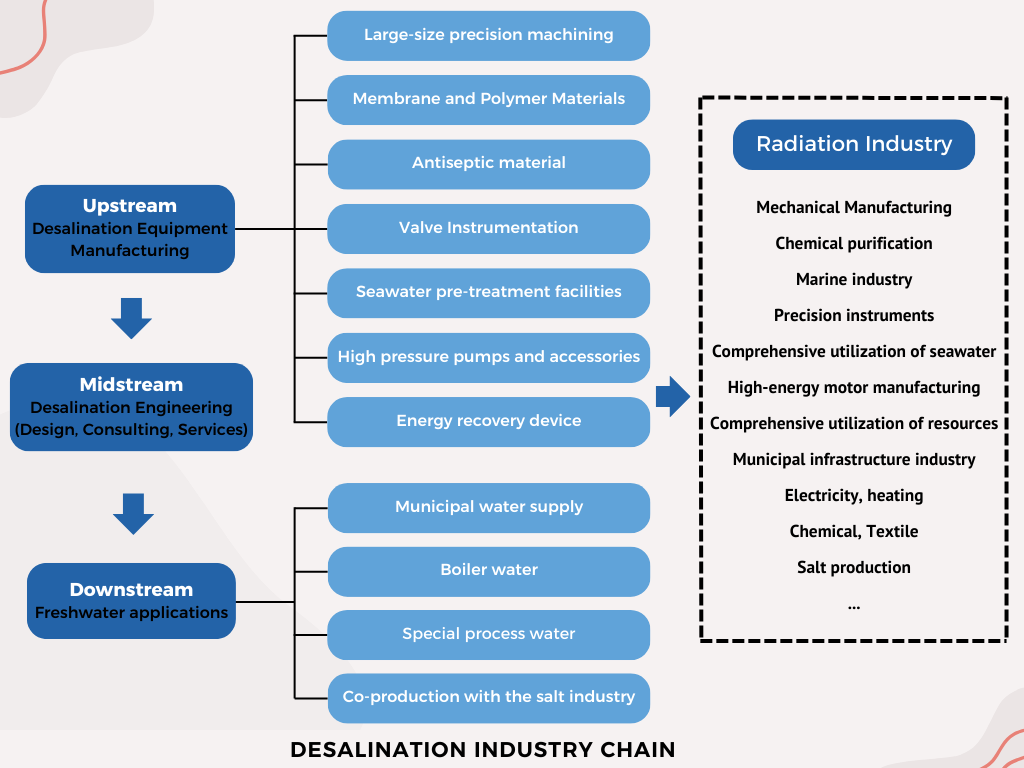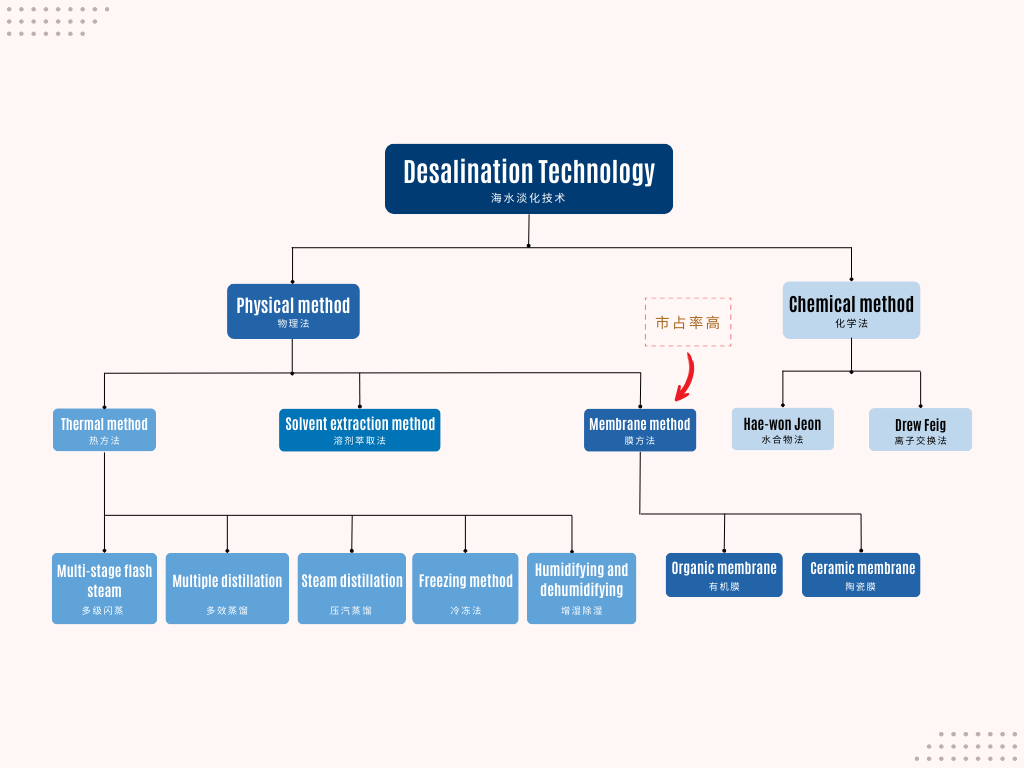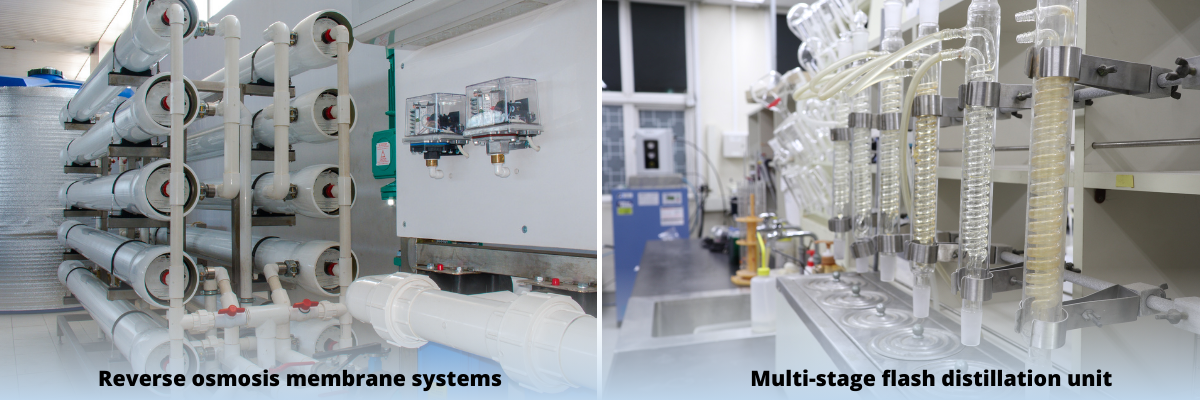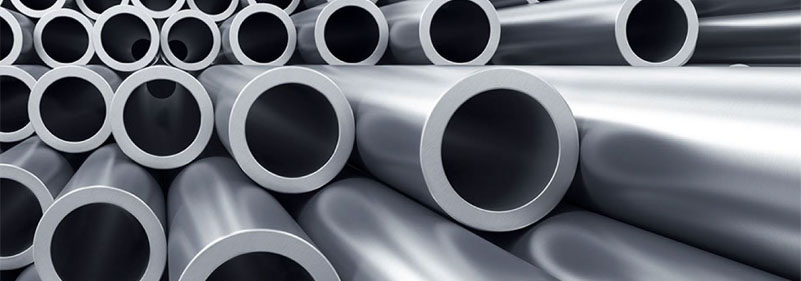New Energy - Desalination

Global water scarcity has become a major challenge, with only 2.5% of freshwater available due to surging demand for freshwater as a result of population growth and urbanization. Desalination refers to the technical removal of salt and impurities from seawater to convert it into usable fresh water. In this article, we will discuss Desalination Overview, Challenges, Industry Chain, Technology, Equipment and provide an overview of the industry.
Industry Chain
The downstream application areas verify the practical benefits of the desalination technology, which is mainly used for municipal water supply, industrial water and agricultural irrigation.

Desalination Technology
Multi-stage flash evaporation (MSF) and reverse osmosis (RO) are the most important desalination processes at present, reverse osmosis membrane system and multi-stage flash distillation device are the two most widely used equipment.

Industry and Product Match
Each segment of the desalination industry has specific needs for materials and equipment, and MTSCO has helped the industry grow and advance by providing highly corrosion-resistant, high-strength products that meet the stringent requirements of the desalination industry MTSCO's products are a good match for seawater conveyance, evaporators, reverse osmosis units, desalination pumps, and multi-stage flash evaporation processes.
Seawater Transportation: The primary link in the desalination process, there is a high demand for corrosion-resistant and high-strength piping products, such as 316L or 2507 duplex steel piping.
Evaporator: one of the key components of seawater desalination, usually adopting materials with excellent corrosion resistance, such as 254SMO, 2205, 2507 duplex steel pipes, plates and fittings, with high demand.
Prefabricated parts and equipment manufacturing in the core area of the equipment: high corrosion-resistant grade materials, such as 6MO 31254 steel, the demand is relatively low compared to dual-phase steel.

Industry Capacity Analysis
According to the statistics, there are about 14,000 desalination plants in the world, with a daily production of about 36.2 million tons. As of October 2022, the world can produce 107.95 million cubic meters of fresh water per day, and the number of desalination plants reaches 22,757. These figures show that the production of desalination projects is increasing year by year, reflecting the rising demand for desalination technology in various countries, and the production is expected to continue to grow in the future.
Seawater desalination engineering application market mainly focuses on the drinking water sector, accounting for about 80%. The Middle East and the United States are the main markets, with Saudi Arabia accounting for 22% of the global total, the United States for 15%, Europe for 12% and the United Arab Emirates for 11%. The Middle East has a high demand for desalination technology due to the region's lack of water resources due to natural constraints. The Jebel Ali desalination plant in the UAE is the largest in the world, generating 300 million cubic meters of fresh water per year.
In recent years, new desalination projects have been increasing in various countries, and the number of projects is expected to continue to grow in the coming years.The global desalination industry size was estimated at USD 18.26 billion in 2019, and is expected to rise to USD 26.3 billion by 2025.The market size was estimated at USD 19.29 billion in 2021, and is projected to grow at a compounded growth rate (CAGR) of 8.8% over the period 2022-2028 ( CAGR) growth and the market size will reach USD 34.6 billion by 2028. Rising urbanization rate and population growth across the globe are the key factors driving the market growth, while climate change, increasing pollution, and water scarcity are also boosting the investment and construction of desalination facilities.
The global desalination equipment market size was approximately $160.8 billion in 2022, with a compound annual growth rate (CAGR) of approximately 15.6% from 2018-2022. It is expected to continue to grow in the future and the market size will be close to $448.7 billion by 2029.


 English
English 中 文
中 文 Español
Español Português
Português Deutsch
Deutsch Türk
Türk Pусский
Pусский عربي
عربي 한국인
한국인 日本語
日本語
